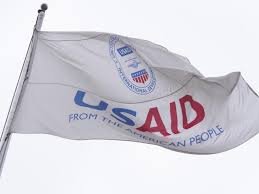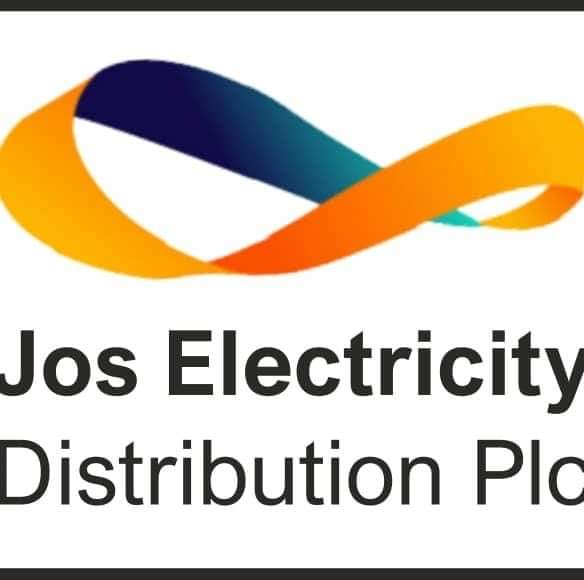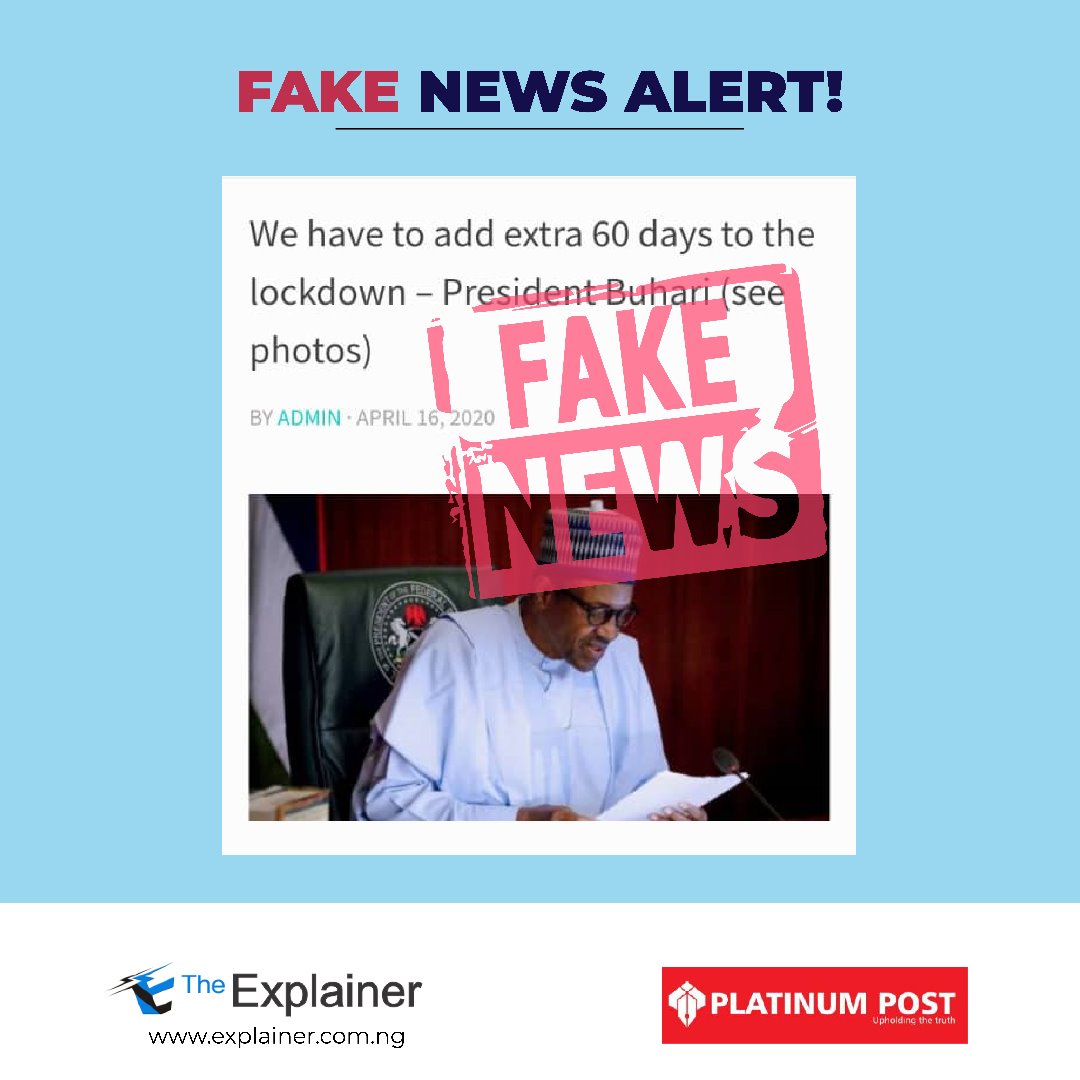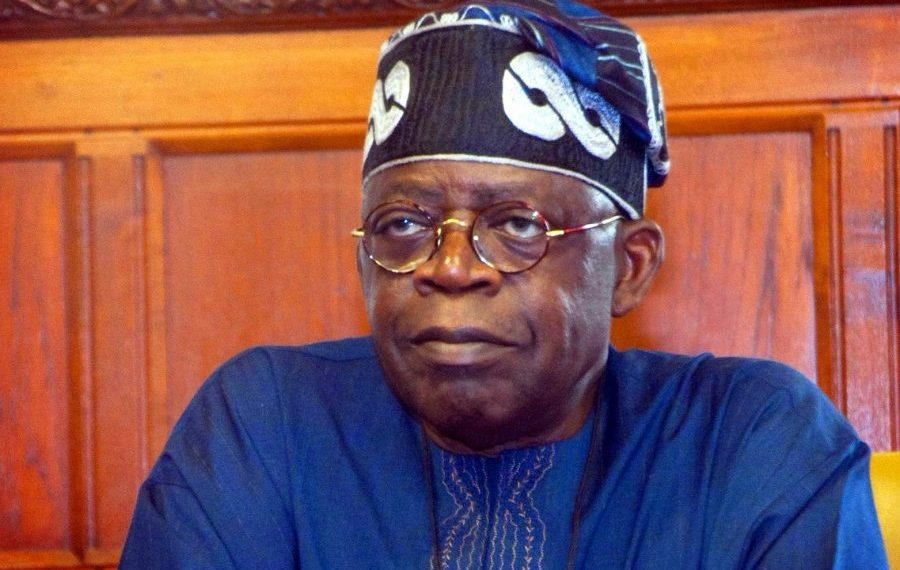IN RECENT DAYS, the United States has begun a major gutting of USAID, the agency responsible for administering foreign aid. Many Americans are celebrating this as a victory—finally, no more taxpayer dollars wasted on countries that, in their view, give nothing back. Elon Musk, the billionaire who only arrived in the U.S. at 24, went as far as calling USAID a “criminal organization,” declaring, “Time for it to die.” Donald Trump has labeled those in the agency as “radical lunatics.” American adversaries, eager to see the U.S. retreat from the global stage, have cheered them on. But the most ecstatic of all are everyday Americans, convinced that their country has been bleeding money for too long on nations that seemingly offer nothing in return.
It’s a tempting narrative. A compelling soundbite. The idea that the U.S. is simply throwing billions at ungrateful nations makes for good political theater. But peel back the layers and this argument falls apart. Foreign aid is not charity; it is a business transaction, a diplomatic tool, and an economic strategy. It benefits the giver far more than the receiver. The problem is that ordinary citizens in donor countries, including the United States, rarely see how this system enriches their own economy, sustains their industries, and extends their country’s global influence.
Foreign aid has long been a strategic tool for influence peddling in international diplomacy. The Marshall Plan, which saw the U.S. inject over $13 billion ($173 billion in today’s dollars) into Europe after World War II, was not simply a benevolent act. It was a calculated move to counter Soviet influence and solidify U.S. leadership in the Western world. By rebuilding European economies, the U.S. ensured that its allies remained stable and aligned with its interests, creating lucrative markets for American goods in the process.
The same principle applies today. Countries receiving U.S. aid are far more likely to support American policies in international forums, grant military access, and enter favorable trade agreements. In Africa, for example, USAID programs often come with subtle (or not-so-subtle) conditions—align with Washington on key votes at the United Nations, accept certain military partnerships, or open markets to American corporations.
Without these programs, the U.S. loses leverage. Other global powers, particularly China, are more than willing to fill the void. Beijing’s Belt and Road Initiative is a masterclass in using economic assistance as a tool of control. China is funding infrastructure projects across Africa, Latin America, and Asia, and in return, these nations become indebted—both financially and politically—to the Chinese government.
When the U.S. cuts aid, it doesn’t just “save money”—it weakens its ability to shape global events, making way for competitors who understand the true value of economic influence.
Beyond diplomacy, aid is a crucial player in international trade. Much of the money allocated through USAID never leaves American soil. Instead, it funds American industries that supply food, medicine, and infrastructure to developing nations.
Take food aid, for example. Under the U.S. Food for Peace program, America donates surplus agricultural products to foreign nations. But this isn’t just generosity—it’s a way of propping up American farmers. The government buys excess grain, dairy, and other products from U.S. farmers at a fixed price, then sends it abroad. This ensures that domestic farmers remain profitable while simultaneously flooding foreign markets with American produce.
The catch? This food aid often undercuts local farmers in recipient countries. A struggling farmer in Haiti or Ethiopia cannot compete with free American wheat. Over time, this dependence weakens domestic agriculture in these countries, making them perpetual importers of American goods.
The same goes for pharmaceuticals. A significant chunk of U.S. health aid funds American drug companies that manufacture and distribute vaccines, anti-malaria drugs, and other medical supplies. These companies receive guaranteed government contracts, ensuring a steady revenue stream. Cutting aid doesn’t just reduce support for vulnerable populations—it hurts American businesses that rely on these contracts.
Foreign aid is also a major job creator for Americans. The USAID budget funds a massive ecosystem of NGOs, private contractors, and government employees who design, implement, and monitor aid programs. These are well-paying jobs for engineers, policy analysts, medical professionals, and development specialists.
A classic example is the U.S. President’s Emergency Plan for AIDS Relief (PEPFAR), which has invested over $100 billion to combat HIV/AIDS globally. While this initiative has saved millions of lives, it has also kept thousands of American professionals employed in public health, logistics, and supply chain management.
Then there are private contractors. Companies like Chemonics, DAI, and John Snow Inc. make billions managing USAID projects. These firms, headquartered in Washington D.C., hire thousands of American workers who develop infrastructure in Africa, promote economic development in Asia, and oversee governance programs in Latin America.
Cutting aid doesn’t just “save taxpayers money”—it puts American jobs at risk and weakens entire industries built around international development.
History offers a cautionary tale about what happens when the U.S. turns inward and abandons its economic engagement abroad. After World War I, the United States adopted a policy of isolationism, refusing to involve itself in European affairs. The result? Economic instability in Europe contributed to the rise of fascist regimes, culminating in World War II.
Contrast that with the post-World War II strategy of investment and aid, which created prosperous allies and expanded American economic influence worldwide. The European Union, NATO, and other global alliances exist in large part because the U.S. understood that economic and military engagement abroad was essential to its own security and prosperity.
So, on November 3, 1961, when President John F. Kennedy through Executive Order 10973, consolidated various foreign assistance programs into one agency. The goal was clear: to project American influence, stabilize allies, and counter the spread of communism through economic and humanitarian aid.
Kennedy, in his special message to Congress on foreign aid, framed the effort as a strategic necessity, not an act of charity:
ALSO READ: FG Backs Local HIV Drug, Test Kit Production as Trump Halts Funding
“There is no escaping our obligations: our moral obligations as a wise leader and good neighbor in the interdependent community of free nations — our economic obligations as the wealthiest people in a world of largely poor people — and our political obligations as the single largest counter to the adversaries of freedom. To fail to meet those obligations now would be disastrous; and, in the long run, more expensive.”
The timing was no accident. The Soviet Union was pouring money into developing nations, offering economic assistance with ideological strings attached. The U.S. needed a counterweight—something that would secure allies without direct military intervention.
The real beneficiaries of U.S. aid cuts are not American taxpayers, but America’s competitors. China and Russia are eager to fill the power vacuum, expanding their own spheres of influence while America retreats. Meanwhile, American companies that have built their businesses around aid contracts will suffer, and workers in these industries will find themselves out of jobs.
Ordinary citizens cheering these cuts do so because no one has explained to them the hidden mechanics of foreign aid. They don’t see that it funds their neighbors’ jobs, supports their country’s industries, and secures their nation’s global dominance.
Foreign aid is not an act of charity—it is a business strategy. The sooner Americans realize this, the sooner they will understand that gutting USAID is not just bad for developing nations—it is bad for America itself.
To wrap this up, while this article has focused largely on the American perspective, it’s worth considering the broader implications of U.S. aid beyond its borders. As I’ve written elsewhere (in a piece I unfortunately can’t share), U.S. foreign assistance—flawed as it may be—is not the villain it’s often made out to be, particularly in Africa.
The book I’m currently reading, “Looting Machine by Tom Burgis”, lays this out with unsettling clarity: there is no such thing as a vacuum. Resource-rich African nations will not simply be left alone to figure things out. If the U.S. pulls back, others—China, Russia, even Gulf states—will swoop in, often with far fewer scruples and far more extractive intentions.
Take the case of President Mamadou Tandja of Niger, as detailed in Looting Machine’s sixth chapter. When he tried to resist the influence of Western-backed financial institutions, other players—most notably China—were quick to step in, offering investment and loans, but on terms that did little to benefit the ordinary Nigerien. The reality is that a multipolar world does not automatically translate to a fairer, more prosperous one—especially under inept leadership.
Yet, many will continue to be swayed by sensational journalism and ideological takes on Twitter, reducing complex geopolitical and economic dynamics to simplistic narratives. But at the very least, we can add our own drop into this conversation, offering a more nuanced perspective on why the gutting of USAID is not the “win” some imagine it to be.






















